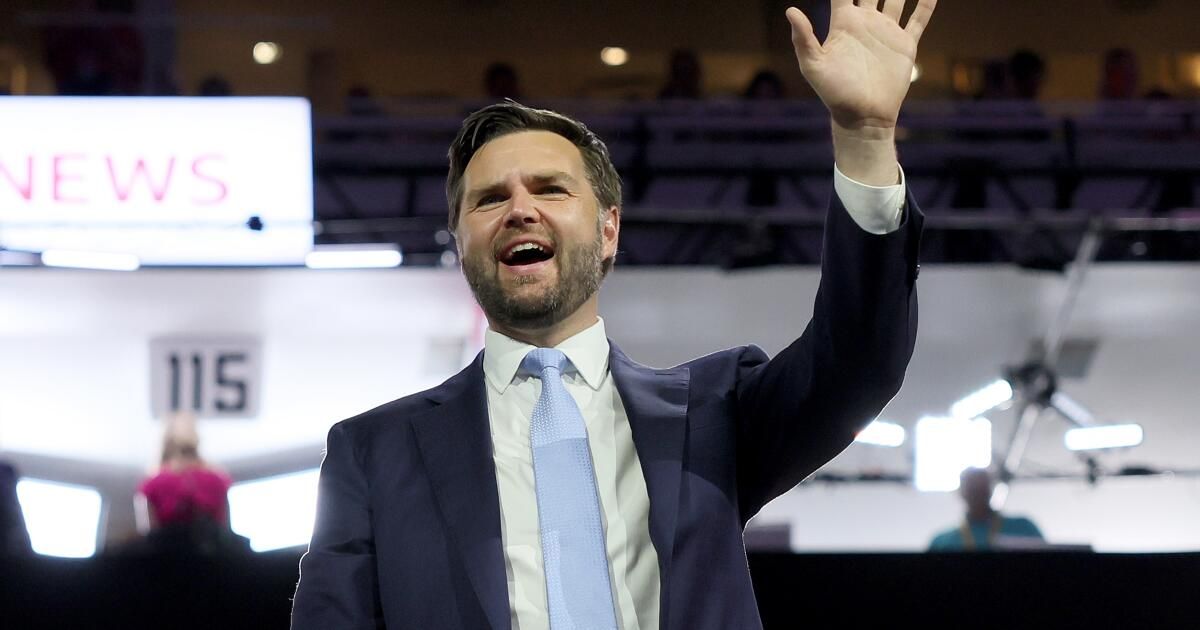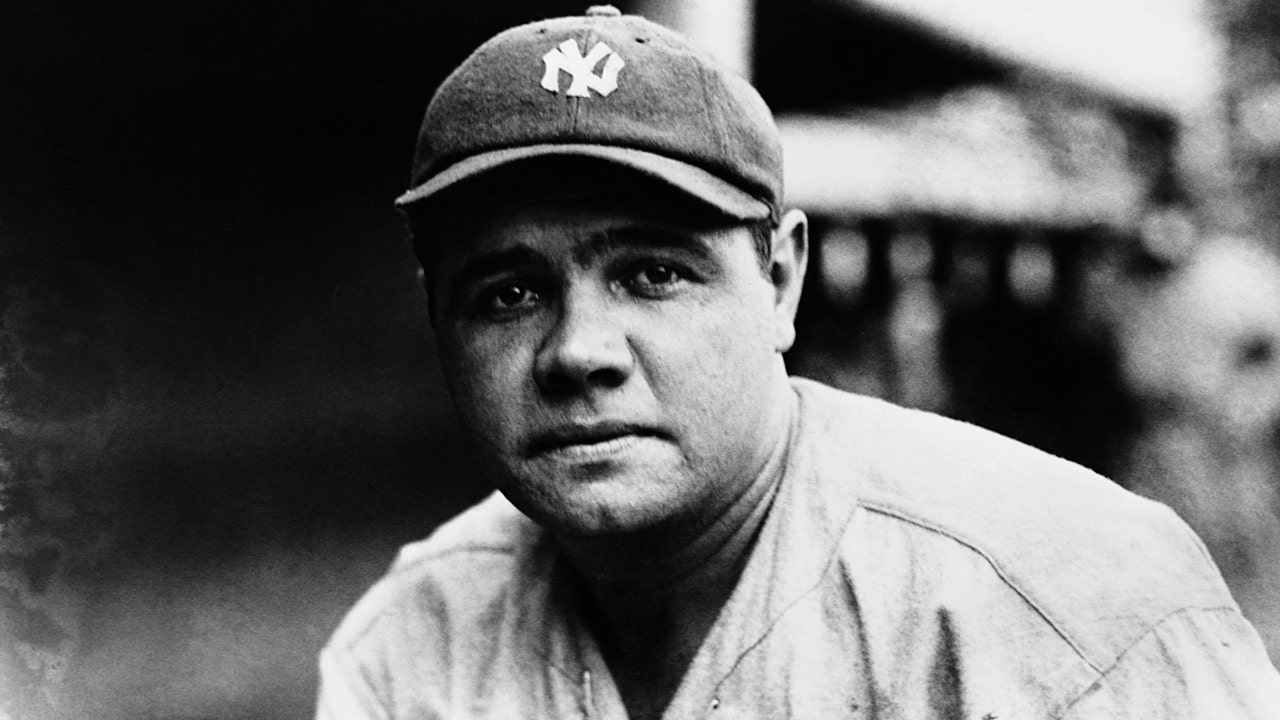From the moment I heard about hillbillies as a kid, I was fascinated.
Good boys and girls born in the mountains? Those are my parents. People who moved from rural towns to metropolitan areas in search of a better life? History from both sides of my family. Working class? My upbringing. Lovers of things (food, fashion, music, diction, parties) that polite society ridiculed? Yee-haw! Stubbornly clinging to their ancestral lands and customs?Ajua!
I learned to love bourbon, bluegrass, “Hee Haw” reruns and Jeff Foxworthy’s “You Might Be a Redneck If…” series. As an adult, I drove through small towns in central and eastern Kentucky and Tennessee, feeling at home in areas that even my white friends warned me wouldn’t welcome “my type.” I may not have looked like the “billies” I met (I am a chola nerd, after all), but we got along just fine, because they were my brothers and sisters from another country. mother.
That’s why I was intrigued by the 2016 publication of J.D. Vance’s memoir, Hillbilly Elegy. From what I heard about it, the family dysfunction, generational poverty, and inherent fatalism that Vance overcame were similar to the pathologies of my own clan. The message of self-improvement that he preached in interviews was the same one my parents had always preached and one that I continue to espouse. Vance’s critique of conspicuous consumption among the poor is something everyone should consider.
But the parallels between the impeccable Vance and me didn’t go that far. He was a Yale graduate and venture capitalist, while I am a community college student who chose a dying profession. He was far removed from his roots, while I experience mine nearly every weekend at family parties. More important, Vance presented himself as an extraordinary exception to his fellow Appalachians, describing the “billies” as encased in a toxic amber that kept them from improving their lot and left them bitter toward a country that had moved on without them.
My Mexican peasant family never had time to complain and whine.
My parents' generation found manual labor jobs, bought houses, and are now retired and enjoying the fruits of their blood, sweat, and tears. Most of my cousins got administrative jobs or entered the public sector. Their children go directly to four-year universities.
We have all succeeded in a society that never gave us anything and wanted us to fail, accepting it as our own even as we clung to our ranch traditions. Even Vance expressed admiration for our record, writing in “Hillbilly Elegy” that Appalachian whites sink into pessimism, unlike Latino immigrants, “many of whom suffer unthinkable poverty.”
I never got around to reading Vance’s entire memoir, which read like poverty porn for the elite he now belonged to. I did read his series of essays for liberal publications explaining why working-class whites were so fascinated with Donald Trump, a man he would later call a “fraud,” a “moral disaster,” a “cultural heroine,” a “reprehensible” and “cynical imbecile” who could become “America’s Hitler.” I appreciated that Vance didn’t blame immigration for America’s supposed decline as much as other right-leaning pundits did, and he even criticized Trump for his blatant racism.
What a difference running for office makes. In 2022, Vance ran for a seat in the US Senate as a Trump-worshipping xenophobe. What changed his mind?
Mexicans.
Who better to implement Trumpism in every branch of American life and government for decades to come than a 39-year-old white man from Ohio?
(Jeff Dean/Associated Press)
“Are you racist?” a now-bearded Vance cheerfully asked in an ad released for his campaign. “Do you hate Mexicans?” he said. “The media” smeared us with those accusations — “we” referring to those of us who support Trump’s border wall — and went on to claim that uncontrolled migration under the Biden administration was “killing Ohioans” with “illegal drugs and Democratic voters pouring into this country.” Vance ended his 30-second ad by blaming “poison coming across the border” for nearly killing his mother, whose struggles with drug addiction Vance documented in his book and a Netflix film of the same name as his memoir.
The ad made California Gov. Pete Wilson’s infamous 1994 re-election ad, “They Keep Coming,” seem as pro-Mexican as a taco stand. Many Latinos immediately derided Vance’s campaign tactic as the blame-fest it was. But it worked: Trump endorsed him, he won, and he has continued his anti-Mexican crusade ever since.
Last year, the senator introduced a bill seeking to establish English as the official national language. He has backed the use of U.S. military forces to go after drug cartels in Mexico, while opposing amnesty for immigrants in the U.S. illegally and federally funded health care for DACA recipients. Last week, Vance supporters received a fundraising request which demanded the deportation of “any person who invaded our country illegally.”
Now, he is Trump's pick for vice president.
Trump has long made it clear that he wants nothing more than sycophants around him in his second term. He also wants someone young enough to implement Trumpism in all branches of American life and government for decades to come. Who better than a 39-year-old white man from Ohio? Trump is looking to the future in choosing Vance, but through a lens that reflects the gringo past.
Ohio, long considered a key state for the success of any presidential campaign, is also an anomaly. Whites, who make up 58% of the U.S. population, represent 77% of residents in the Buckeye State. Ohio has lower rates than African Americans and Asian Americans, but especially Latinos: we make up nearly 20% of the population of this country, but only 5% of Ohioans.
Vance’s job for Trump is to campaign in key Rust Belt states, making the case for defending whiteness against the parochialization of Americans. Neither will explicitly admit that this is what they are doing: how can they be anti-immigrant when Trump is married to an immigrant and Vance’s wife is the daughter of Indian immigrants?
But the proof was visible on Monday, on the opening night of the Republican convention. Not a single Latino sat in Trump’s VIP section. The three Latinos who spoke positioned themselves, like Vance, as exemplars of their community and therefore worthy of attention. Most prominently, Goya CEO Bob Unanue, spent his five minutes railing against open borders and mocking Vice President Kamala Harris’s first name in Spanish, a joke that didn’t land because few in the audience speaks Spanish.
Perhaps Trump’s advisers think Vance’s background and life story will appeal to Latinos in key states like Nevada and Arizona, especially in light of recent polls showing Latino antipathy toward illegal immigration is higher than it has been in decades.
But part of the entrepreneurial mindset is not to blame others for one’s circumstances. And Vance has plenty of blame to go around. In “Hillbilly Elegy,” he blamed Appalachian culture for keeping his people oppressed. Now he insists that it’s actually his fellow elites who have destroyed America. Mexico, Vance now says, is the reason his mother and many others became addicted to opioids. There is no concept of personal responsibility in Vance’s worldview (or Trump’s, for that matter).
Vance is a classic example of a Conveniero — someone who goes through life with no principles other than getting ahead and no loyalty to any community other than his own. Highlanders of all backgrounds detest such people. assholesWhich is why nearly all of my Southern friends ridiculed “Hillbilly Elegy” and warned liberals enamored of it that they were supporting a false prophet.
Now Vance has a good chance of becoming the second most powerful person in America, thanks to Trump, the undisputed king of false prophets. God help us all.












